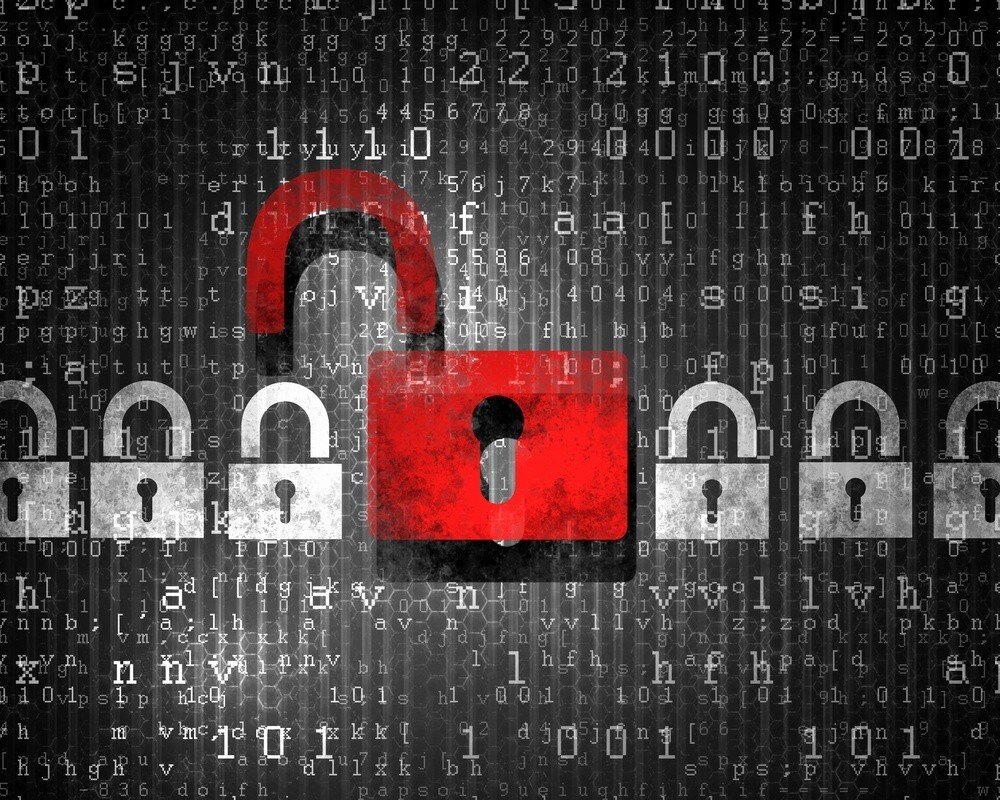A vulnerability scan is a technical security assessment that uses a set of tools to scan the network for known vulnerabilities (e.g., open ports, unpatched security updates). It is sometimes incorrectly referred to as a Penetration Test.
A penetration test is basically an ethical hacker hired to try to get into your organisation via physical access to the building, using a fake ID, spoof phishing emails, or remote hacking. It will always be hugely successful if you have not adequately prepared your defences. First, you must understand how to improve your security, close the wide-open doors and manage your infrastructure to ensure the doors remain closed. So, let’s look in-depth at what a vulnerability scan is and if my company needs one.

The short answer is yes, your company does need one, but here’s why…
Vulnerability Scans in Depth
Vulnerability assessments are scans that use specialist tools to analyse your entire IT estate— network and servers, both external to the network (viewing the network from the outside) and internal to the network viewing the network from the inside). After the scanning software is deployed, the results are analysed and presented in actionable steps to correct security flaws.
If near the beginning of a journey to improve your company’s security, a vulnerability scan is a great way to set a benchmark from which future progress will be measured and highlight your most critical vulnerabilities, from which clear, actionable steps can be produced.
For Example
An organisation might not have recently reviewed its security, put a new team in place, or changed its IT infrastructure through transformation or the acquisition of new companies or departments. Forming a prioritised, focused plan of action is critical to ensure the most effective steps are taken first, and precious time is not wasted within an already overstretched IT team.
With CyberOne's in-depth Vulnerability Scans, we paint a picture of your current state of security, giving you a number of quick wins that will significantly improve your security footprint in the fewest steps.
Carrying Out the Vulnerability Scan
For internal vulnerability scans, on-site access is required to the internal company network to plug our suite of scanning tools into a suitable network port - full access is required. If the network is large, we find out how the network is segmented and perform systematic scans, each taking several hours. The scans need to be broken up into manageable and logical chunks. For example, if are 20 users on one site and 20 on the other, then each scan will be segmented by IP. Any high-value servers will be isolated and scanned individually.
The scans cross the network and check every available device, so that the scans will check every printer, workstation, switch, firewall, server, etc. It’s important to have an experienced individual complete the scans since, for example, for multiple servers, each server needs a separate scan. If scans are not segmented properly, you risk adversely affecting network performance if you scan all ports simultaneously.
It is important to remember that a vulnerability scan is a snapshot, a point in time. The scan produces a data dump, which is then analysed and processed, selecting important items and ranking them by priority, to ensure critical vulnerabilities can be quickly identified and fixed.
The results come back in a standard code of: Critical vulnerabilities; High vulnerabilities; Medium vulnerabilities; Low vulnerabilities; and Informational.
We then compile the data into easily readable charts to give a snapshot of a company's critical and high vulnerabilities. Depending on the service each company requires, we then put an action plan in place or directly assist the organisation in correcting those issues.
Why Would My Company Need a Vulnerability Scan?
Unless your company has already assessed and tested your security patching policies for open ports, unsupported software, etc., every company would benefit from a vulnerability scan.
A quarterly vulnerability scan is the minimum requirement for the government-backed Cyber Essentials certification, and a more regular assessment is advised for your most critical services. Experience shows that a scan will almost always uncover ‘Critical’ vulnerabilities and act as a benchmark to prove the success of security policy improvements. You may also require a vulnerability scan because: You’re being audited.
- For accreditation purposes, such as ISO27001.
- Achieving Cyber Essentials certification.
- Trying to understand the general status of your security.
Why Choose Cyberone to Conduct Your Vulnerability Scan?
A vulnerability assessment scan is a highly effective first step towards a more secure IT security posture. It can make your organisation considerably less attractive to hackers in just a few days.
Our expert assessment provides a comprehensive and detailed snapshot of your IT infrastructure. It highlights your exposure to known vulnerabilities and closes the door to attack from ransomware and other malware.
Once we’ve identified your vulnerabilities, you’ll receive an easy-to-digest report with expert recommendations and remediation advice. The report will prioritise risk-based actions to emphasise the most effective course of action. Download our sample report to learn how we can help you quickly reduce your exposure to known vulnerabilities.
"Getting the report back was very quick to help us understand where our vulnerabilities were. CyberOne alerted us to a critical vulnerability and had it remediated within 15 minutes...”
IT Director, Elysium Healthcare


